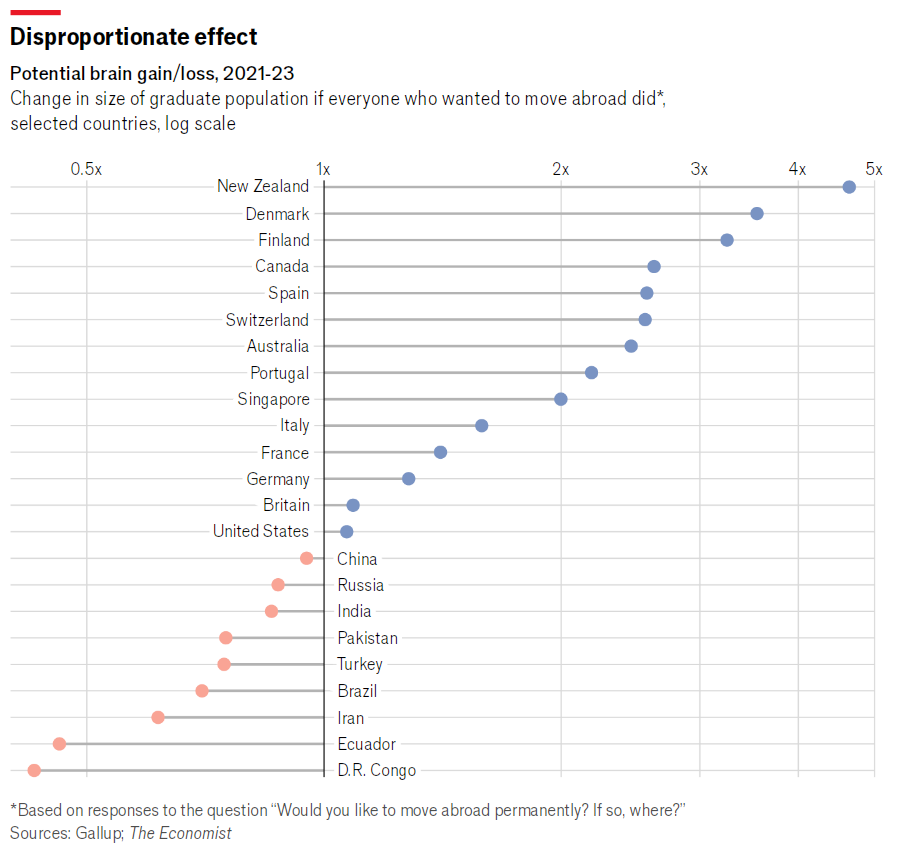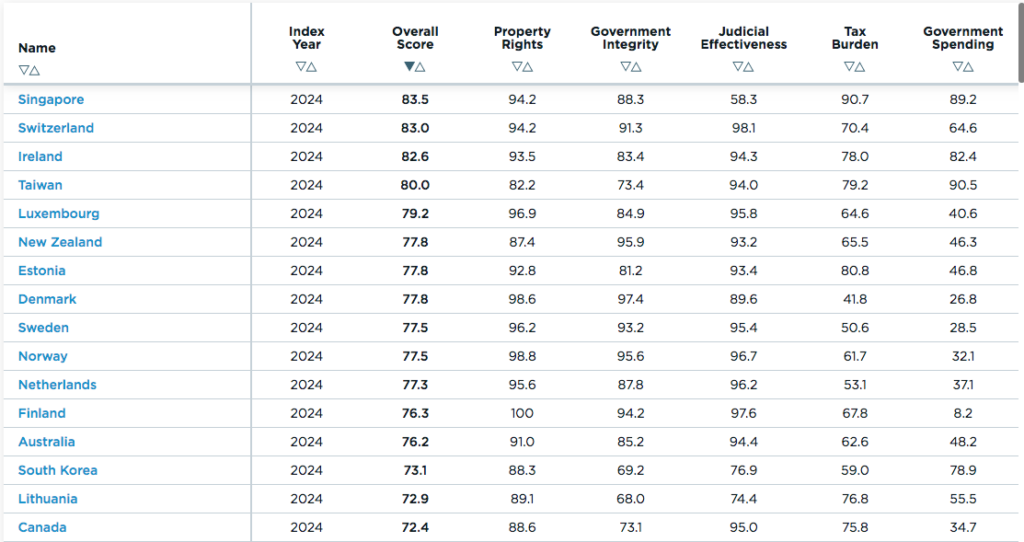A chat with ChatTMI
As I wrap up this blog, it’s worth asking ChatTMI about my central claim—that the Fed caused the 2008 recession with a tight money policy. First I asked it to summarize my view, and then critique it.
Me: Why does Scott Sumner believe the Fed caused the 2008 recession?
The response:
Scott Sumner, an economist known for his work on monetary policy and the NGDP (nominal GDP) targeting theory, argues that the Federal Reserve played a significant role in causing the 2008 recession. His view is rooted in his broader critique of how monetary policy was conducted during the period leading up to and including the Great Recession. Here are the key elements of his argument:
1. Monetary Policy Missteps: Sumner believes that the Federal Reserve’s monetary policy was too tight leading up to the crisis. He argues that the Fed failed to provide adequate monetary stimulus during the early 2000s when the economy was slowing down, and continued to apply tight monetary policy even as the housing bubble was bursting and the financial system was under severe stress.
2. Nominal GDP Targeting: Sumner advocates for a monetary policy framework where the central bank targets the level of nominal GDP rather than focusing solely on inflation or interest rates. He argues that had the Fed been targeting nominal GDP, it would have been more responsive to the changing economic conditions and could have potentially mitigated the severity of the recession.
3. Policy Response to the Crisis: During the financial crisis, Sumner criticizes the Fed for not acting aggressively enough to combat the downturn. He contends that the Fed’s response was insufficient to offset the dramatic drop in nominal GDP, which was a key factor in the depth of the recession.
4. Expectations and Forward Guidance: Sumner also emphasizes the role of expectations in economic performance. He argues that the Fed’s communication and forward guidance were inadequate in shaping expectations and stabilizing the economy during the crisis. Improved expectations management could have helped reduce the severity of the downturn.
In summary, Scott Sumner’s argument is that the Federal Reserve’s policies before and during the early stages of the 2008 recession were too restrictive and that a different approach, such as targeting nominal GDP, could have lessened the impact of the recession.
Point #1 is wrong, I don’t think the Fed policy of 2000-07 played any role in causing the 2008 recession. The rest is OK, perhaps at a sort of “very good undergraduate student or beginning grad student” level.
Me: Why do most economists disagree with Scott Sumner’s view that the Fed caused the 2008 recession?
The response:
Most economists disagree with Scott Sumner’s view that the Federal Reserve caused the 2008 recession for several reasons, reflecting differing interpretations of the causes and nature of the crisis. Here are some key points of contention:
1. Complexity of the Crisis: Many economists argue that the 2008 recession was the result of a complex interplay of factors beyond just monetary policy. They highlight issues such as the housing bubble, subprime mortgage crisis, financial market failures, excessive risk-taking by financial institutions, and regulatory lapses. These factors contributed to the economic downturn and were not solely the result of the Fed’s actions.
2. Monetary Policy Stance: Some economists contend that the Fed’s monetary policy prior to the recession was appropriate given the economic conditions of the time. They argue that while the Fed may have been cautious, it was responding to concerns about inflation and asset bubbles. They also point out that the Fed did eventually take aggressive actions to counteract the downturn, such as lowering interest rates and implementing quantitative easing.
3. Focus on Inflation and Employment: The Fed’s dual mandate is to promote maximum employment and stable prices. Critics of Sumner’s view argue that the Fed’s actions were consistent with this mandate. While Sumner advocates for nominal GDP targeting, others believe that focusing on inflation and employment directly is a more practical approach given the tools and data available to policymakers.
4. Alternative Explanations: Some economists believe that focusing too narrowly on monetary policy overlooks other significant causes of the recession. For instance, the role of financial deregulation, the global financial imbalances, and the crisis of confidence in financial institutions are seen as central factors that contributed to the economic downturn.
5. Post-Crisis Analysis: After the recession, many economists have examined the impact of the Fed’s policies and argue that the central bank’s response, including unconventional monetary policies, helped stabilize the economy and prevent a deeper depression. They assert that the aggressive monetary easing during and after the crisis was crucial in mitigating further economic damage.
6. Differences in Monetary Policy Theories: Economists differ on the efficacy of monetary policy frameworks. While Sumner supports nominal GDP targeting, many economists believe in other approaches, such as inflation targeting or Taylor rules, which have been the basis of much of modern monetary policy. They argue that these frameworks have their own merits and have guided policy effectively.
In essence, the disagreement with Sumner’s view reflects broader debates about the causes of the Great Recession, the effectiveness of various monetary policy frameworks, and the role of the Federal Reserve in managing economic stability.
Except for point #3, these are pretty good. Clearly I don’t agree with this critique, but ChatTMI has a done a pretty good job of describing why conventional economists reject my claims. I say “pretty good” because an outstanding critique would have mentioned the zero bound problem, and would have refrained from claiming the Fed satisfied the employment part of its mandate (point #3.)
I don’t want to be too hard on ChatTMI, because this is a much more difficult problem than other questions it might be asked. Even people who have a very low opinion of the “science” of macroeconomics would have to concede that the field is very complex, and is the sort of thing you’d expect a machine intelligence to struggle with analyzing. So answers that are “pretty good” could be viewed as a major achievement. Indeed, if you’d shown me this exchange 3 years ago, my jaw would have dropped to the floor.
PS. ChatTMI is in the right column, if you scroll way down.









